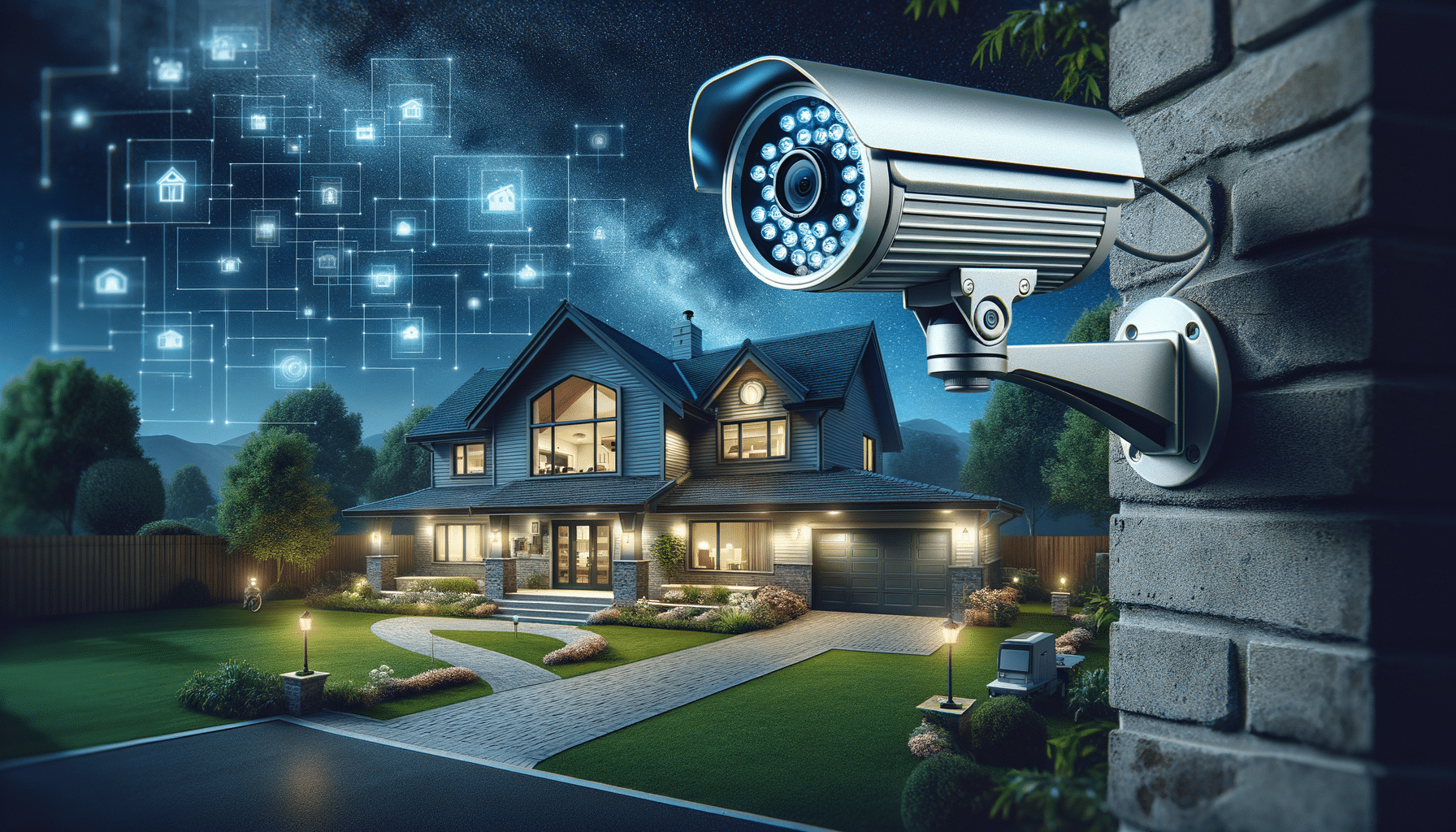Understanding the Basics of Outdoor Security Cameras
Outdoor security cameras have become an integral part of modern home security systems, providing homeowners with the ability to monitor and protect their premises. These devices are designed to withstand various weather conditions while offering features such as high-definition video capture, night vision, and motion detection. Understanding the basic components and functionalities of outdoor security cameras can help you make informed decisions about your home security needs.
Typically, outdoor security cameras are equipped with robust housings that are weatherproof, ensuring they can endure rain, snow, and extreme temperatures. The cameras often come with infrared LEDs for night vision, allowing them to capture clear images even in low-light conditions. Moreover, many models are equipped with motion sensors that trigger recording or send alerts to your smartphone when movement is detected.
When choosing an outdoor security camera, consider factors such as resolution, field of view, and connectivity options. High-resolution cameras provide clearer images, which can be crucial in identifying intruders. A wide field of view ensures broader coverage of your property, minimizing blind spots. Connectivity options, such as Wi-Fi or wired connections, determine how the camera communicates with your home network and storage devices.
In summary, outdoor security cameras offer a comprehensive solution for monitoring your property, deterring potential intruders, and providing peace of mind. By understanding their basic features and functionalities, you can select a camera that best suits your security requirements.
Key Features to Consider When Selecting an Outdoor Security Camera
Choosing the right outdoor security camera involves evaluating several key features that can significantly impact the effectiveness of your home surveillance system. By focusing on these features, you can ensure that your camera meets your specific security needs and provides reliable performance.
One crucial feature to consider is video resolution. Cameras with higher resolutions, such as 1080p or 4K, offer clearer and more detailed images, which can be vital for identifying faces or license plates. Additionally, consider the camera’s night vision capabilities. Infrared LEDs or advanced low-light sensors enhance the camera’s ability to capture clear footage in darkness.
Another important feature is the camera’s field of view. A wider field of view allows the camera to cover more area, reducing the number of cameras needed for comprehensive surveillance. Some cameras also offer pan, tilt, and zoom capabilities, enabling you to adjust the camera’s angle remotely for better coverage.
Connectivity options are also essential. Wireless cameras offer easy installation and flexibility in placement, while wired cameras provide a more stable connection. Additionally, consider whether the camera supports cloud storage or local storage options, such as microSD cards or network-attached storage (NAS).
Finally, look for cameras with smart features, such as motion detection, two-way audio, and integration with smart home systems. These features enhance the camera’s functionality and provide added convenience and security.
By carefully evaluating these features, you can select an outdoor security camera that not only meets your security needs but also integrates seamlessly into your home environment.
Installation and Maintenance of Outdoor Security Cameras
Proper installation and maintenance of outdoor security cameras are crucial for ensuring their effectiveness and longevity. By following best practices, you can optimize your camera’s performance and maintain a reliable home surveillance system.
When installing outdoor security cameras, choose strategic locations that maximize coverage while minimizing blind spots. Common areas to consider include entry points, driveways, and backyards. Ensure that the cameras are mounted at a height that prevents tampering yet provides a clear view of the area.
Proper wiring and connectivity are also essential. For wired cameras, secure the cables and ensure they are protected from weather elements and potential damage. For wireless cameras, position them within range of your Wi-Fi network to maintain a stable connection.
Regular maintenance is key to keeping your cameras in optimal condition. Clean the camera lenses periodically to prevent dirt and debris from obstructing the view. Check the camera’s housing for any signs of wear or damage, and ensure that the mounting brackets are secure.
Additionally, update the camera’s firmware regularly to benefit from the latest security patches and feature enhancements. For battery-powered cameras, monitor battery levels and recharge or replace batteries as needed.
By following these installation and maintenance guidelines, you can ensure that your outdoor security cameras provide reliable surveillance and protection for your home.




Leave a Reply